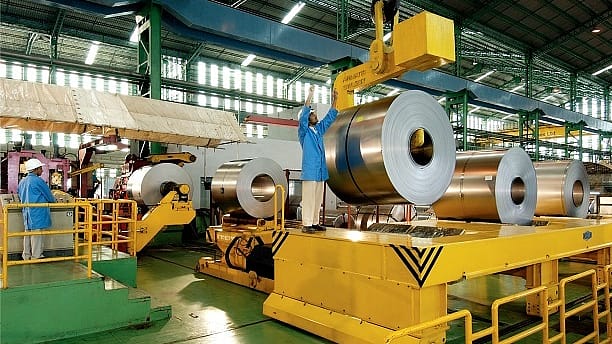NCLT haircuts to range between 20% to 90%: report
ADVERTISEMENT

The National Company Law Tribunal’s (NCLT) cases worth over Rs 4.12 lakh crore are collectively expected to see a sub-60% haircut, says a recent report by CLSA. These cases make up for 5% of bank credit and 45% of non performing assets.
“Large steel projects should see the least haircuts while engineering, procurement and construction (EPC) and power sectors the highest,” the report says. The haircut for lenders is estimated to be in the range of 20% to 90%, while the total haircut could be under 60%.
With companies like Bhushan Steel and Essar steel in the fray, the steel sector accounts for over 40% of the value of stressed loan cases referred to the tribunal. Although, CLSA highlights that NCLT beyond steel is sombre.
“Haircuts for private corporate banks should be higher versus PSU banks due to their higher exposure to non-steel NPLs (nonperforming loan),” the analysts at the broking firm say.
CLSA analysts Aashish Agarwal, Prakhar Sharma and Aditya Jain foresee the next four weeks as a litmus test for the NCLT mechanism as cases approach a resolution deadline, and the NCLT will be responding to objections, counterbids and differences in the interpretation of law.
RBI had referred stressed companies to NCLT through two lists. While the first list had 12 loans with stress assets worth Rs 2.8 lakh crore, the next list had 25 stressed loans worth Rs 1.3 lakh crore.
January 2026
Netflix, which has been in India for a decade, has successfully struck a balance between high-class premium content and pricing that attracts a range of customers. Find out how the U.S. streaming giant evolved in India, plus an exclusive interview with CEO Ted Sarandos. Also read about the Best Investments for 2026, and how rising growth and easing inflation will come in handy for finance minister Nirmala Sitharaman as she prepares Budget 2026.
According to CLSA, better bids for steel projects like Bhushan Steel and most likely Essar Steel, indicate sub 20% haircuts on the principal amount.“However, the blended haircut on the (first) list should still be 50-55% given the higher losses in other steel plants and sectors such as textile and power (60-80% haircuts).”
On the second NCLT, some companies like Jindal Steel and Power, BILT Graphic and Anrac Aluminium got excused owing to restructuring and one-time settlement, or due to pending courts cases as in the case of Jaypee Group. Barring them, CLSA expects haircuts on the second list to be 65-70% due to higher share of EPC companies and smaller steel plants.
There are also some major challenges in line. The process could be delayed due to objections by other stakeholders, counter-bids or differences in interpretation of law.
“A key hurdle may arise if the operational creditors (like suppliers or capital goods’ vendors) object,” CLSA says, adding that these creditors are ranked below financial creditors, and have not been offered any good pay-offs.
“If operational creditors (among SMEs) face losses – this can drive fresh NPL issues – especially for PSU banks, which have higher exposures here,” the CLSA report adds.
The CLSA analysts also point out that “the resolution efficiency of NCLT is still to be proven - of the 540 cases since 2016 (including cases filed in NCLT outside of the RBI’s lists), only 10 have been resolved and 30 liquidated (39 were closed on appeals and 461 are still being discussed).”
As bad loans affect lenders the most, banks will continue to see pain, and may need to build additional provisions.
“PSU banks have more cases in NCLT (4% of loans) but private banks may see higher haircuts due to higher exposure outside steel (EPC/power/textile/shipping),” the report says, adding that the timely resolution will be key for FY19 and would abate asset-quality concerns.
